Anxiety is a natural feeling of worry or fear – particularly about things that are about to happen, or things we believe could happen in the future. It can be experienced through our feelings, thoughts, and physical sensations.
While everyone experiences anxiety at times, those with anxiety disorders feel intense emotions that are difficult to control and interfere with their daily functioning. There are family, biological, and environmental factors that may contribute to an individual having an anxiety disorder.
Types of anxiety disorders include social anxiety disorder, generalised anxiety disorder, specific phobias and separation anxiety disorder. Sometimes, anxiety disorders result from a medical condition that requires treatment.
Symptoms of Anxiety
Anxiety disorders can cause both physical and emotional symptoms:
Physical Symptoms of anxiety
- Rapid heart rate
- Muscle aches (especially stomach and headaches)
- Shaking, dizziness, tingling
- Quick breathing or difficulty catching one’s breath
- Fatigue
- Sweating
Emotional symptoms of anxiety
- Worrying about things before they happen
- Ongoing worries about family, friends, or work
- Constant fears about the safety of self or of others
- A need for everything to be “perfect”
- Reluctance or refusal to go to school
- Inability to concentrate
- Irritability
- Trouble sleeping
- Inability to relax
Treatment for anxiety disorders
Dr Khabisi uses psychotherapy, also known as talk therapy as a technique to reduce your anxiety symptoms. Generally, he uses short-term treatment therapy to teach you specific skills to directly manage your fears and help you slowly return to the activities you avoided because of anxiety. Throughout this process, your symptoms will improve as you build on your initial success. If talk therapy proves to be ineffective, Dr Khabisi will prescribe suitable medication to help alleviate the symptoms.
If you or a loved one is displaying the symptoms of anxiety, contact Dr Khabisi for help. Dr Khabisi specialises in treating anxiety disorders in adults, children and adolescents.
